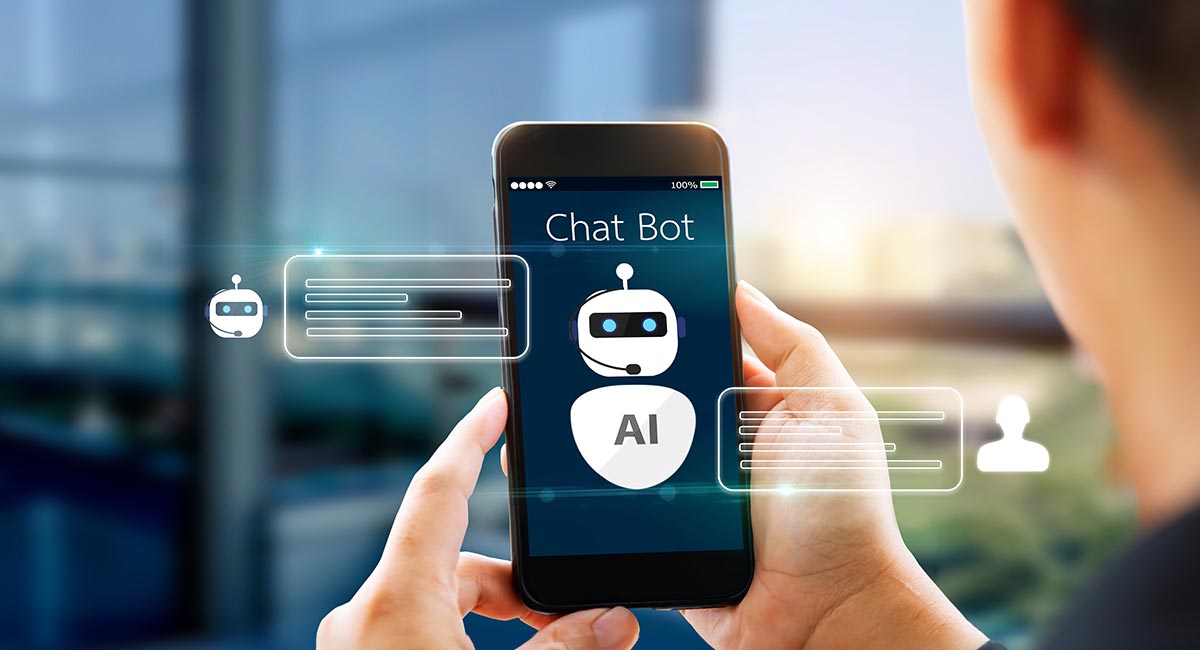In today’s fast-paced business world, chatbots have become a popular tool for customer service. However, many companies experience poor results with chatbots—not because the technology itself is flawed, but because it wasn’t set up properly. The biggest mistake companies make is treating chatbots as standalone tools, instead of part of a bigger, well-connected system. When chatbots aren’t connected to your internal systems, they can create more problems than they solve. Here, we’ll explore some common mistakes and show how integrating chatbots with other business tools can improve customer experiences.
5 Common Mistakes Businesses Make with Chatbots
To get the most out of a chatbot, it’s important to understand where they often fall short. Here are some of the biggest mistakes:
1. Not Connecting to Important Systems
A chatbot that isn’t linked to your CRM, help desk, or inventory management system will struggle to give users the right answers. Without access to real-time data, the chatbot can’t help customers effectively.
2. Overly Simple Conversation Patterns
When chatbots are designed to respond only to specific commands, they often fail to understand how customers naturally ask questions. This rigid setup can lead to frustration when the bot doesn’t understand what the customer is asking.
3. No Way to Reach a Human
If a chatbot can’t handle a question, it should quickly pass the conversation to a human agent. Without this ability, customers can feel stuck and unsupported, leading to poor customer experiences.
4. General, Unhelpful Responses
If the chatbot isn’t designed to provide context-based answers, it can only give generic responses, making the interaction feel disconnected. This can leave customers frustrated, especially if their issue isn’t resolved.
5. No Way to Learn and Improve
Many businesses fail to track how well their chatbots are doing. Without performance analysis, there’s no way to understand what works and what doesn’t, which limits improvements over time.
Why Chatbot Integration is Key
To get the most value from your chatbot, it needs to be integrated with other systems used by your business. Integration allows the chatbot to:
- Access customer information from your CRM to provide personalized support
- Track orders, check stock levels, and give real-time updates
- Log customer issues directly into your support ticketing system
- Direct customers to the right human agent when the bot can’t help
- Learn from conversations and improve over time
By connecting your chatbot to other business tools, it can provide better, faster, and more personalized support—making a big difference to your customers.
The Long-Term Benefits of Integrated Chatbots
Integrating chatbots into your business processes has many long-term advantages:
- More efficient customer service: Automation handles simple tasks, freeing up your team to focus on more complex issues.
- Scale without increasing headcount: Chatbots allow businesses to serve more customers without hiring extra staff.
- Better customer data: The data from chatbot conversations can be used to improve products and services.
- Improved customer satisfaction: Fast, personalized service helps increase customer loyalty.
- Consistent service across channels: Whether customers contact you through email, social media, or your website, an integrated chatbot can deliver consistent support.
In the end, an integrated chatbot doesn’t just automate responses—it enhances the customer experience by giving users accurate information quickly.

